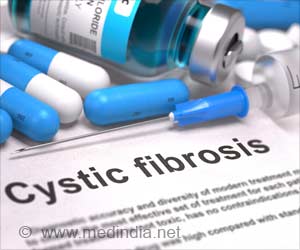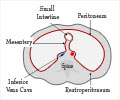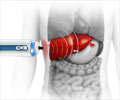Scientists have discovered two relevant mediators of fibrosis and potential therapeutic targets for treating hypertension-related fibrosis.

Hypertension-Related Fibrosis
Although recent data has suggested that the thickening is due to the activation of T-cells, the defenders of our immune system, the underlying mechanisms are not well known.‘Elevated blood pressure can cause a condition known as perivascular fibrosis, where the outside wall of a blood vessel thickens due to connective tissue build-up.’





To further investigate how fibrosis develops, researchers at the Brigham profiled the peripheral blood mononuclear immune cells from patients with high blood pressure. When researchers injected mice with IL-9 neutralizing antibodies, they observed a reversal of the fibrosis and prevention of organ dysfunction, building a stronger case for targeting this pathway.
“Given that hypertension contributes to a considerable number of cardiovascular-related deaths globally, we wanted to look into the depths of perivascular fibrosis for potential drug targets,” said senior author Mark W. Feinberg, MD, of the Division of Cardiovascular Medicine. “We are eager to continue investigating KLF10-IL-9 signaling to hopefully create effective treatments for vascular diseases.”
Source-Eurekalert











